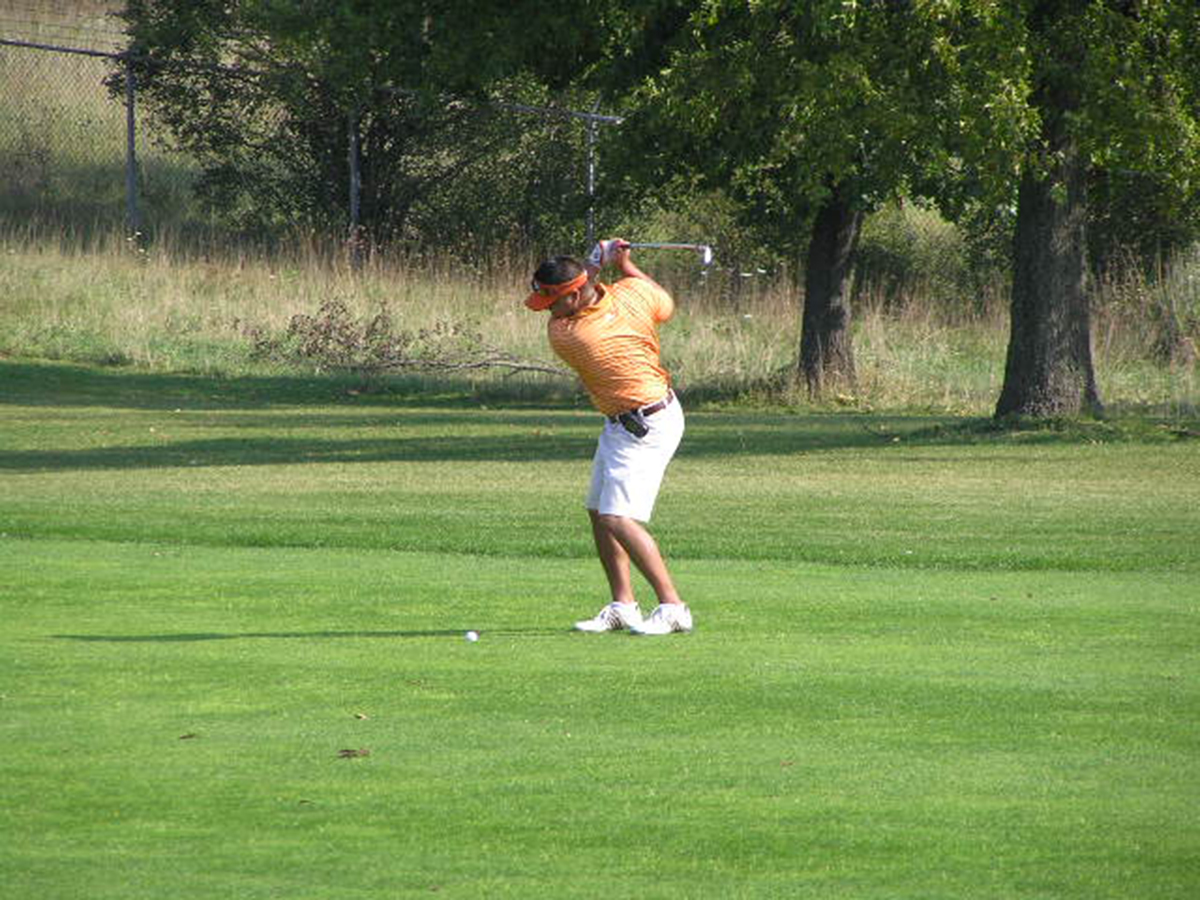Table of Contents
Although golfer’s vasculitis is not usually serious, it can be annoying and cause discomfort. Learning ways to prevent the condition and treat flare-ups if they occur can help you stay in the game.
Decreasing Symptoms And Preventing A Secondary Infection
There is not a lot of research on how to prevent golfer’s vasculitis. Giving up exercise or golf seems like an extreme way to prevent golfer’s vasculitis. If you are prone to the condition, you may want to consider wearing cotton socks, which wick moisture away from your ankles and may decrease your chances of developing a rash. Wearing shorts instead of pants when golfing may also reduce overheating and sweating and decrease your risk.

Symptoms of golfer’s vasculitis include a rash, which often starts just above the sock line. Although it can vary, the rash may be extremely itchy. Although golfer’s vasculitis itself is not usually serious, it’s important to prevent any secondary skin infections from developing due to scratching.
What can happen is, after continual scratching, you can develop cuts and scrapes in your skin. The breakdown of your skin can allow bacteria to enter, which may lead to a skin infection, such as cellulitis. In some cases, skin infections can become severe. If your rash is itching, it’s important to avoid excessive scratching to avoid the possibility of a skin breakdown.
READ Cellulitis: Old Fashioned Cures Make A Comeback In A Nearly Post-Antibiotic World
Treatment and Home Care of Golfer's Vasculitis
Although it may be a bit of a nuisance, symptoms of golfer’s vasculitis often disappear without specific treatment within a week. In the meantime, there are things you can do to ease inflammation, itching and discomfort. Consider some of the following treatments:
Use aloe vera gel: Aloe vera is a naturally occurring substance found in aloe vera plants. Commercial products of aloe vera gel are also available. The gel may soothe irritated skin and speed up healing. Unless you are allergic to the gel, there are usually no side effects. Even if it does not reduce symptoms, it usually will not hurt. Plus, it moisturizes your skin.
Apply a cool towel: If your rash is mostly on your ankles, consider soaking your feet in a Cool footbath. If the rash is higher up on your lower legs, apply a cool, damp towel to the affected region. The cool water may help reduce itching, inflammation and burning.
Temporarily reduce exercise in warm weather: Depending on how severe your rash is, you may want to decrease how much walking you do on the golf course. Consider using a golf cart until your symptoms have cleared up.
Consider antihistamine medications: Most people do not need medication to treat golfer’s vasculitis. But if itching is severe, you may want to consider an over the counter antihistamine. If swelling is present, a non-steroidal, anti-inflammatory medication may also help decrease symptoms.
READ Tea Drinking Improves Cardiovascular Health
- http://www.hopkinsvasculitis.org/types-vasculitis/ https://www.nhlbi.nih.gov/health/health-topics/topics/vas/types http://www.ncbi.nlm.nih.gov/pubmed/15670170 http://dermnetnz.org/vascular/exercise-vasculitis.html
- Photo courtesy of kulicki via Flickr: www.flickr.com/photos/wkulicki/4010582747
- Photo courtesy of kulicki via Flickr: www.flickr.com/photos/wkulicki/4010582747
- Photo courtesy of danperry .com via Flickr: www.flickr.com/photos/golf_pictures/1533316186

